Tonight we held a Waldorf-inspired Lantern Walk for the coop group I’ve been involved in. It was our first social event at the new house.
The magic of starting the walk at dusk and ending in darkness, with a circle of friends holding light in their hands, is something I’m grateful my children have a chance to experience, even though we are no longer part of a Waldorf school community.
We do this ritual in November as the “light grows dim,” to remind us to keep the sacred spark of friendship and of each of our souls lit within ourselves through the darkness of the coming winter.
In an ideal world, we’d have said goodbye to our friends, lit a candle for some snack, and then all gone to bed. This, I’m told from people who talk about living in harmony with the seasons, would be ideal for our bodies. A friend who studies Ayurveda once told me that in order to heal, I should ensure that my pineal gland was not exposed to light after 9 p.m. (So I shouldn’t be sitting at the computer right now!)
Instead of honoring seasonal wisdom, my son and husband watched football while my daughter at two bananas and a cold breakfast sausage. I cleaned up, at my dinner, and headed out to a brightly lit library to tutor for two hours. It sounds like my husband fell asleep putting the kids to bed and then again while the green astroturf on the TV reflected on his face.
On my way home, I passed an insanely bright tennis court, and I started to notice just how many lights we encounter. This ain’t the city. It’s just the ‘burbs, but still, it really is astounding when you think about it.
What’s probably more astounding is how rarely we do think about it. And how we often forget about what we miss out on when we have so much light: the stars, subtleties of texture. The flash pictures I took during the walk may have precision and clarity, but they seem flat and morally bankrupt. The blurry ones show every point of light as though they were made of hot coals. Maybe if all lights were we’d revere them more.
When I got home, I put my still-mystery-to-me camera on manual and snapped some more until the battery died. I love what started to be revealed.
Lux Esto, in moderation
When in the course of a human day
it becomes necessary
to see what our eyes
could not take in alone,
we assume a motion of our hand
on a switch
will change the landscape entirely.
(Except we do not see it that way.)
Tonight an empty tennis court
was flooded in white light.
From high above and wide,
it blanketed the green painted ground
and mirrored right-angled stripes
and two plastic chairs sitting to the side
watching nothing
because their invisible occupants
couldn’t have seen outside themselves.
How often
does too much
blind us
to the nuances
of just a little?
—————-
After casting aside my poetry hat for far too long, my NaBloPoMo plan is to write a poem — and to take and post a photo — every day in November, spending less than half an hour on both. The hope is to drill down, to focus, to look for and create beauty.
Previous Posts:
Day 1: Eleven One
Day 2: Shoreline
Day 3: Damage
Day 4: On Parenting and Sunrises
Day 5: When will we?
Day 6: Voting Line
Day 7: What I want my children to learn from me
Day 8: Haiku
Day 9: Reminders
Day 10: Routine
How often
does too much
blind us
to the nuances
of just a little?
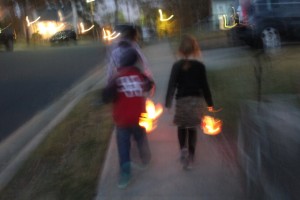

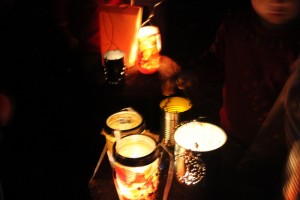
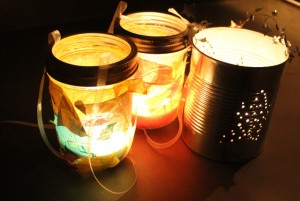
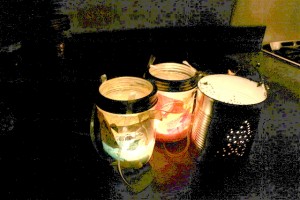
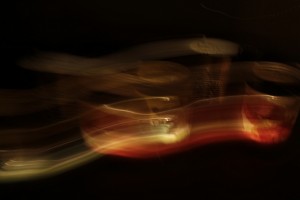
Leave a Reply
You must be logged in to post a comment.